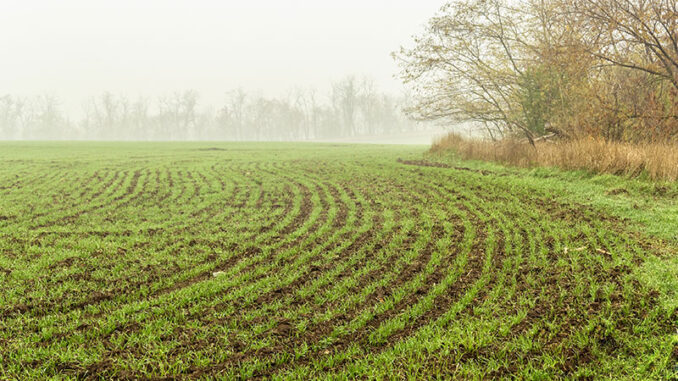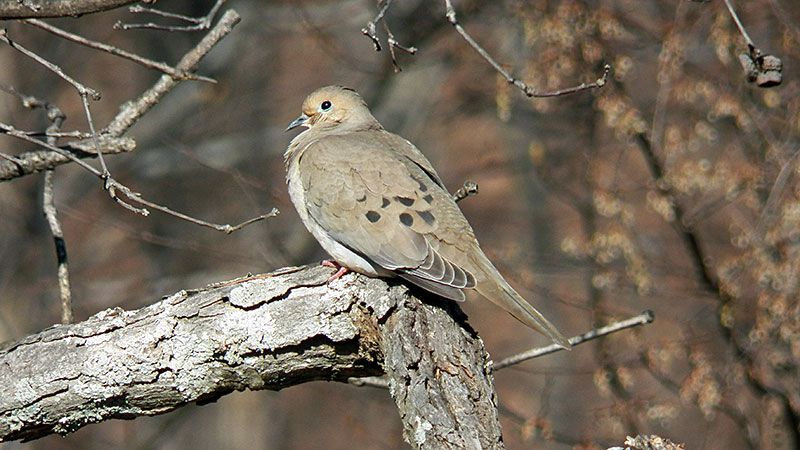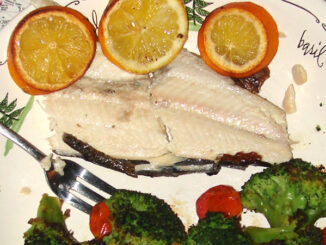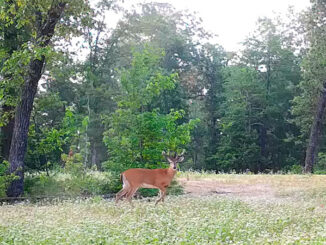
It’s a time-honored tradition in the South for hunters of all ages to gather to break bread and fire off a case of low brass shotgun shells. Not many hunters go a year without an opening day dove hunt on Labor Day weekend.
And while many hunters will return to the sweltering hot corn and sunflower fields for a second or third shoot in September, most hunters end their wing shooting extravaganza early that month. But it doesn’t have to be that way. Ample birds remain in the Carolinas the rest of the year. And the weeks leading up to Thanksgiving can be a hot time for a hot shoot.
Mourning doves are migratory. Yet, rarely do NC and SC birds migrate out of the state during the fall. As a matter of fact, NC and SC’s agriculture districts benefit from the migratory nature of this species. As conditions become unsuitable up north, doves migrate into the Carolinas to overwinter. While some doves in the Carolinas may migrate south, research shows they rarely leave the state due to winter conditions.
Doves are more likely to migrate east to west to other areas as a result of a food shortage or heavy hunting pressure. In the Carolinas, dove hunters drastically decline past the middle of September even though lots of agriculture practices are still ongoing that provide plenty of nourishment for native and new dove arrivals.
Food is abundant
For hunters that planted crops specifically for doves or had their farmers leave standing grain, plenty of food is available to doves. Another few rows of corn, sunflowers, or millet can be mowed to make available to doves in the later November season. Also, idle fields filled with native grasses or sunflowers can be disked up to provide a food source. The best fields are near small ponds or water holes. Doves not only love to eat grain and other small seeds, they need water to drink too.
 November is a time when farmers are preparing their fields for the winter cover crop, and winter wheat is the typical November/December planting. By November, the corn and soybeans have mostly been harvested and nutrient-rich wheat seeds are distributed all over. And in a place that is harboring a good dove flock, these newly-sowed wheat fields can be a real hotspot for doves in the late fall season.
November is a time when farmers are preparing their fields for the winter cover crop, and winter wheat is the typical November/December planting. By November, the corn and soybeans have mostly been harvested and nutrient-rich wheat seeds are distributed all over. And in a place that is harboring a good dove flock, these newly-sowed wheat fields can be a real hotspot for doves in the late fall season.
Dove hunting can look a little different in the later seasons as opposed to the early season when hundreds of hunters are dressed out to take home a limit. But hunting can still be very productive and sometimes epic in the right situations.
Ideally a field full of hunters can keep the birds moving and provide a good hunt. Or hunters can walk along field edges or through the fields to flush the birds into the air.
The dove seasons in the Carolinas are staggered to provide doves with rest between the seasons. The hunting season for doves in North and South Carolina comes in for the month of September and then the first week in October. Then it doesn’t open again until November 11 for two weeks. And then there is one final season that comes in before Christmas and continues until the end of January.
Watching from the edge:
In November, dove hunters will see many birds hanging out on trees that are lining agricultural fields, especially those fields that have been recently disked or planted with winter cover crops. Hunters won’t have to wait long before those birds take flight, attempting to find an easy meal in the field.





Be the first to comment